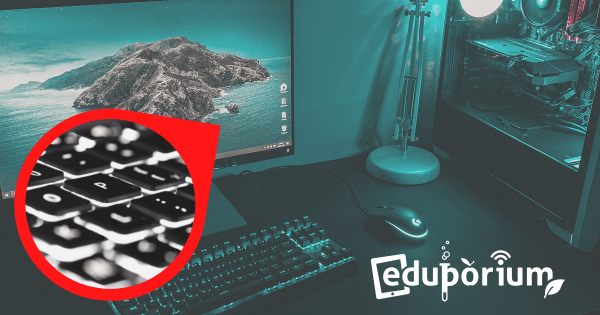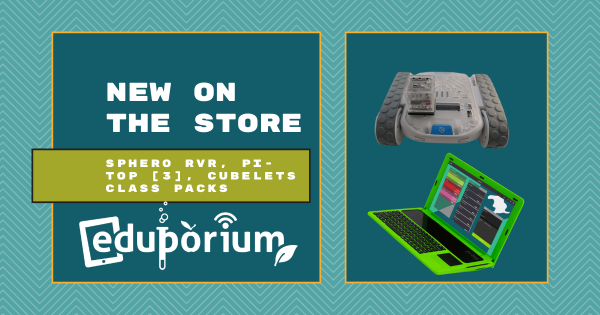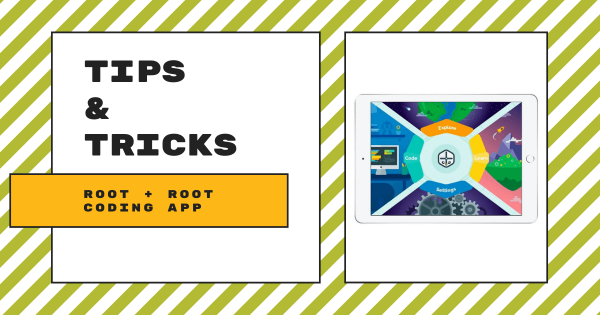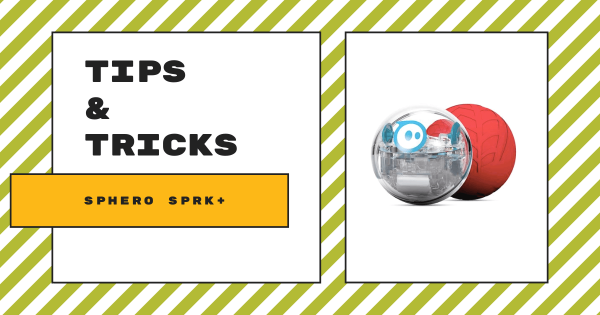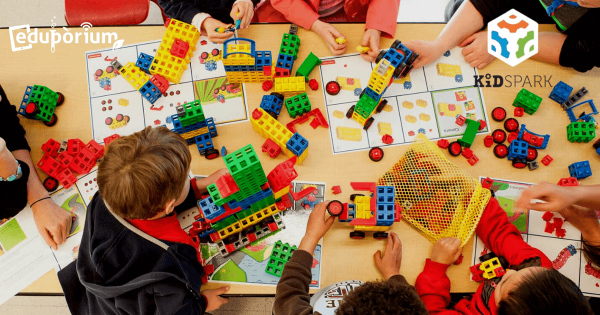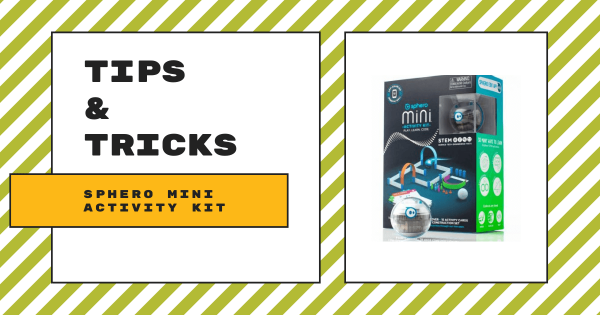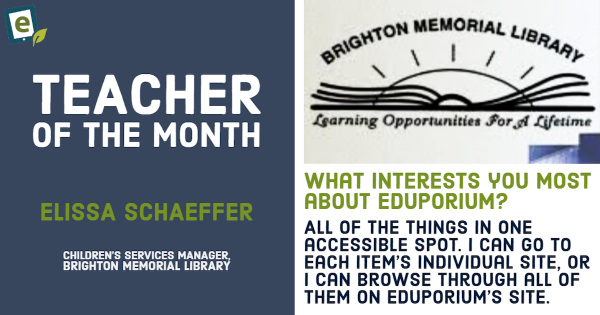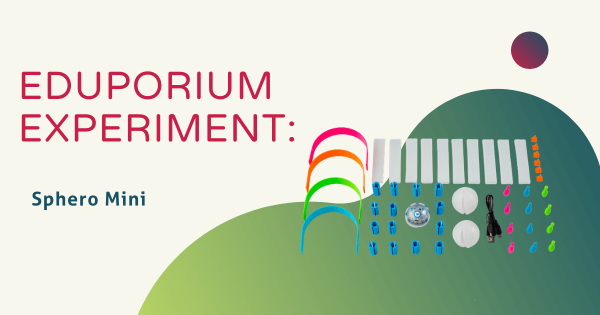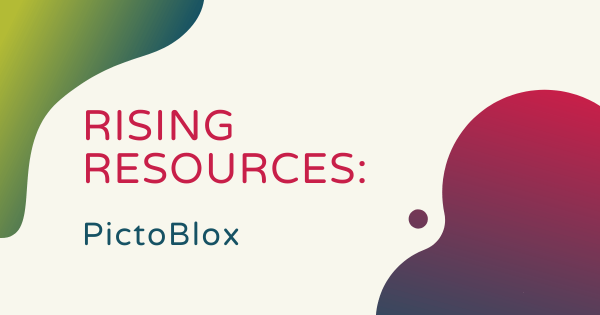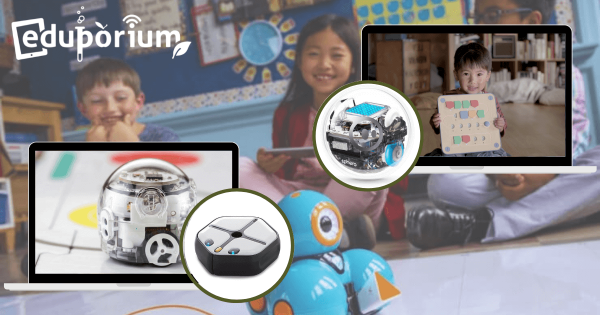With the official kickoff of CS Ed Week just two days away, we thought we should discuss some exciting ways that students can practice programming in the upcoming week and throughout the rest of the year. The number of coding tools is constantly growing, so there are a lot of options that teachers could try in the classroom or after
Robotics
Some of the most popular paths and effective approaches to preparing students for their future involve using robotics tools. A significant subsection of STEM education, coding robots and other types of programmable devices enable a large percentage of the STEAM learning that occurs in our schools. Using educational robotics tools, students from Pre-K to college can develop key coding skills. This is largely because, among these various robot kits, many are compatible with various programming languages. So, beginning in Pre-K, a child might use the Cubetto Robot in screen-free coding activities. Then, they might move on to the Bee-Bot or Blue-Bot for CS experiences that are slightly more complex. And, by the time they're in kindergarten or first grade, they have a legitimate foundation and they're ready to continue developing fluencies in coding, problem solving, and even computational thinking.
One reason robotics in education is so effective is due to various advances in robotics equipment for schools. Beyond introducing the absolute basics of coding early on (and without a screen), students can then progress to one of the most basic forms of coding, which you might know as Blockly. So many robotics tools incorporate the Blockly coding language along with their corresponding programming environment. In fact, the Ozobot Evo, Root Robot, Edison Robot, and Dash Robot are among the most popular elementary robotics tools. These help children build on coding and technology knowledge as they prepare for the next step—text programming. In text coding, they can use tools like the databot 2.0, NAO Robot, and most of the others we've mentioned. And, through these experiences, they can develop STEM skills in a tangible way while using robotics tools to do so.
-
Eduporium Weekly | An Overview Of What's New On Our Store!
We try to keep adding new items for educators regularly, opening up as many avenues as possible for teaching with new technologies. We know that STEM instruction is important to just about everyone today, so we try to make EdTech shopping easier. Anyway, we have some new products from big-name STEM brands and some all-new models as well. -
Tips & Tricks | Root And The Root Coding App
If you’ve seen a robot traveling up and down a whiteboard drawing designs, I’d bet it was Root! Root is a one-of-a-kind robot in the educational space that combines coding with art on a vertical scale. Root has a ton of programmable features that will keep pre-readers and block coding masters entertained. -
Tips & Tricks | Sphero SPRK+ Robot
The first time students open the box that holds the Sphero SPRK+, the robot will be in Deep Sleep mode. They can bring it to Sleep mode by placing it on the charging cradle. Sleep mode is equivalent to standby, which allows Sphero to remain ready to connect for up to nine months without being recharged. -
Teaching STEM Fundamentals and Concepts with Kid Spark
Kid Spark’s Mobile STEM Labs combine hands-on experience with robust, NGSS-aligned curriculum to inspire lifelong learning and teaching in STEM. Kid Spark’s four mobile STEM labs and detailed curriculum are designed for students in K-8 and are easy to use with or without prior STEM experience and each lab is entirely reusable -
Tips & Tricks | Sphero Mini Activity Kit
The Sphero Mini has been upgraded and now includes a new transparent shell and an educational bundle that unlocks cool, new ways to play and learn! In this week’s Tips and Tricks blog, we’ll talk about the activity kit’s new materials, how they affect the playability of the Sphero Mini, and cover some of the key concepts you need to -
Eduporium Featured Educator: Elissa Schaeffer
We love being able to share their stories and their work with you and hope this series continues to give all educators encouragement to try new things in the classroom! This month, we’re featuring Elissa Schaeffer, who has been using EdTech she received through one of our event raffles to run coding programs for elementary school students! -
Eduporium Experiment | New Sphero Mini
The Sphero Mini, which was previously available with a hard shell, has been remixed to provide a more transparent learning experience—literally. Keep reading to learn more about the new model and how it can be used in the classroom! Keep reading to learn more about teaching coding with the latest Mini model in elementary classrooms. -
Rising Resources | PictoBlox from STEMpedia
For this week’s Rising Resources, we took a look at the coding resource, PictoBlox. It’s created and supported by the STEMpedia team and allows students to create games, design their own interactive projects, and build their own programs for controlling robots. It can be used to introduce students to block coding and reduce intimidation. -
Eduporium Weekly | Some of the Best EdTech for Back to School
With classes getting underway this past week in a lot of the country and other students really getting into the swing of things, we thought we’d take some time to reinforce how learning with technology can spur development and help them build some of the skills they’ll need most. This week, we’re taking a look at some of the best




